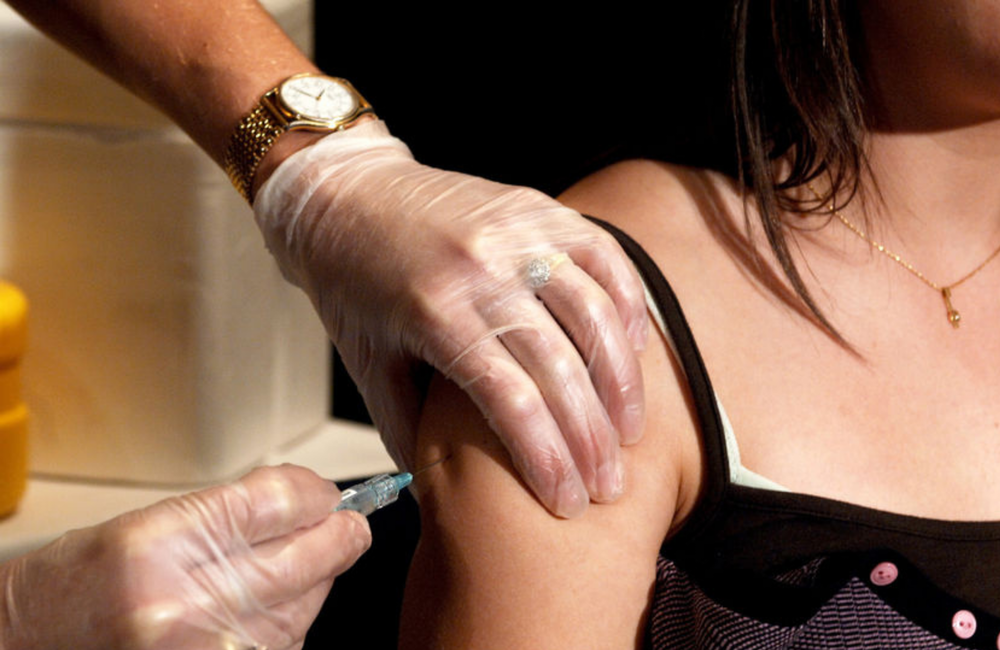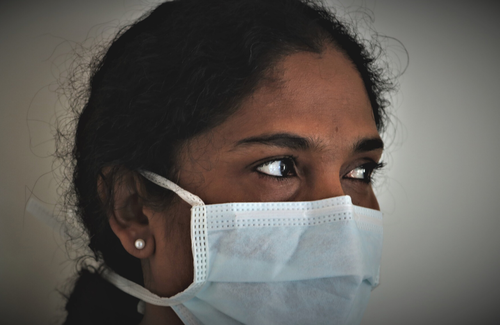
A large US study from Johns Hopkins University confirms that COVID-19 infection is uncommon for fully vaccinated people, regardless of HIV status. Nonetheless, their analysis also shows that fully vaccinated people with HIV are about 40% more likely to experience breakthrough cases than HIV-negative people, regardless of CD4 counts or viral suppression.
Just shy of two years into the global COVID-19 pandemic, we’re still learning how the virus and its mutations may affect people with HIV differently than others. Earlier this year, studies showing that people with unsuppressed HIV have more severe COVID-19 health outcomes led to vaccines being prioritised for this population. Last month, research indicating that people with lower CD4 counts have weaker antibody responses to COVID vaccines prompted public health agencies to recommend a third full vaccine dose to improve antibody response for this group.
To date, few studies have analysed whether vaccinated people with HIV are more at risk for COVID-19 breakthrough. Two smaller observational studies analysed risk for factors associated with breakthrough but found no significant associations with having HIV.
The current study (which has not yet been peer reviewed), authored by Dr Sally Coburn and colleagues, included a total of 109,599 people (31,840 with HIV) from four different regional cohorts in the US. People included were mostly male (92%), older than 55 years (71%), and non-Hispanic Black (41%). The study participants were fully vaccinated with either Pfizer (51%), Moderna (43%), or Johnson & Johnson (6%) vaccines.
The time frame covered in this analysis (January to September 2021) includes portions of infection waves where the Delta and previous variants were dominant in the US, but do not include any information relative to the recently emerging Omicron variant.
The incidence of breakthrough infection in the entire population seven months after being fully vaccinated was 2.3%. This varied by vaccine type: Johnson & Johnson (3.3%), Pfizer (2.6%) and Moderna (1.7%).
While still very low, people living with HIV had a higher incidence (2.8%) than people without HIV (2.1%). Controlling for HIV status, the results showed a 41% higher risk of COVID-19 breakthrough in fully vaccinated people with HIV compared to others. Among people living with HIV, the researchers found no statistically significant differences in risk when comparing viral loads and CD4 counts, indicating that all vaccinated people with HIV are more susceptible to COVID-19 breakthrough.
The researchers suggest their results could impact guidelines on whether additional full vaccine doses are necessary for people living with HIV. A booster shot is given in response to typical waning of vaccine antibodies over time, whereas a full additional vaccine dose (often referred to as a third dose) may be given shortly after the initial regimen if people’s immune systems aren’t strong enough to mount a sufficient antibody response.
Because people with suppressed HIV have been shown to produce adequate antibodies, studies have thus far indicated no need for an additional full vaccine dose for this group. As a result, many health guidelines limit additional vaccine doses to people with HIV to those with low CD4 counts or high viral loads.
The authors of the current study state that the higher likelihood of COVID-19 breakthrough shown in their results may justify recommending an additional full dose of vaccine for all people with HIV, regardless of CD4 count and viral load. Despite this recommendation, it’s not yet known whether this approach would reduce breakthrough cases or improve health outcomes in people with adequately suppressed HIV.
Above all, these findings show that vaccines work: the absolute risk of breakthrough is small for people with and without HIV, but a higher relative risk of breakthrough exists in fully vaccinated people with HIV compared to others.
Coburn S et al. COVID-19 infections post-vaccination by HIV status in the United States. medRxiv, online ahead of print (open access), 6 December 2021.
doi: 10.1101/2021.12.02.21267182
Update: Following the pre-print, this study was published in a peer-reviewed journal:
Coburn S et al. Analysis of Postvaccination Breakthrough COVID-19 Infections Among Adults With HIV in the United States. JAMA Network Open, 5: e2215934, June 2022.
doi:10.1001/jamanetworkopen.2022.15934
Full image credit: Art Writ/VCU Capital News Service. Available at www.flickr.com/photos/vcucns/6792819478 under a Creative Commons licence CC BY-NC 2.0.

